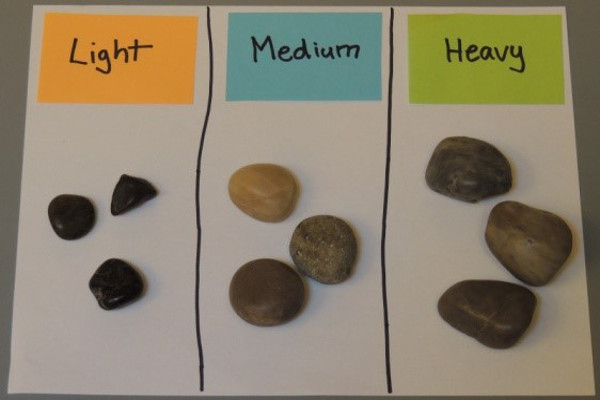Collect and sort
You will need:• A container for collecting things in • To visit places such as a garden, park or beach where you can collect things Collect: acorns, shells, pine cones, leaves, pebbles, pumice, sticks, stones, large buttons Children will need to be supervised closely when handling small items |
 |
You can:
• Collect and store items (clean before using if necessary)
• Let your child sort objects in their own groups or ways – give them spoons, scoops and containers to put things in as they sort
• Encourage your child to sort things by size, shape, colour and texture
• Make rows going from smallest to biggest
• Talk about how things are the same or different
• Use the language of number, size, shape, colour and texture as your child sorts and groups objects
You can also:
• Collect things from grandparents such as plastic containers, old buttons, lids, cartons, bottle tops, milk bottle lids
• Add written numbers alongside the objects you have sorted or counted
• Sort with jars and lids, matching lids with jars
• Sort out which lids match with which saucepans
• Sort fruit and vegetables into types
• Help put the groceries away (sort tins, fridge food etc into separate places)
• Put socks in pairs
• Match pyjama tops with pants
• Match shoes
Did you know:
• When children are collecting and sorting they are using basic mathematics
• When collecting outside remember to be sun safe (shade, hat and sun block)
• CHILDREN CAN CHOKE ON SMALL ITEMS
What your child is learning:
• Some of the foundational concepts of numeracy
• To sort and classify objects according to size, shape, colour, texture, type etc
• About position (before, after, next to, and middle)
• To join together (addition) and take away (subtraction)
• About weight (heavier, lighter) and size (bigger, smaller)
• To organise, decide, arrange and explain
